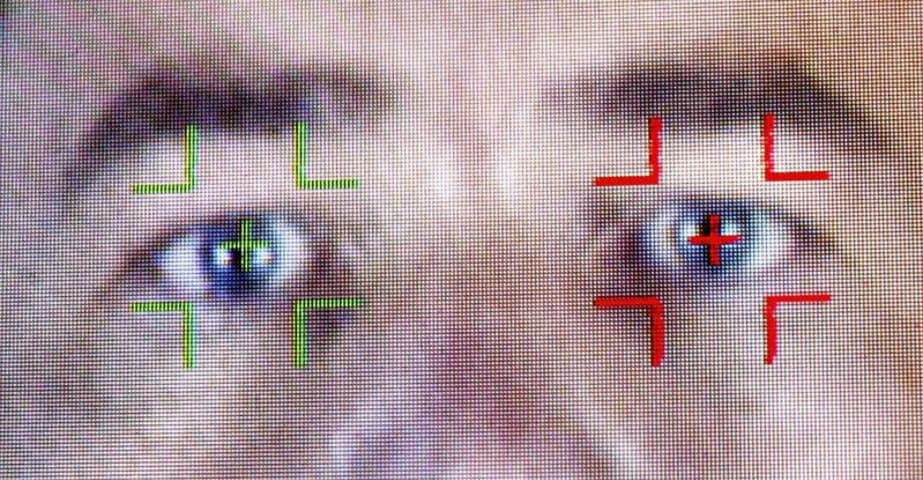概要: 中国大手保険会社の平安保険は、顧客の信頼性の低さと収益性の低さを、微細な表情やBMIなどの顔認識測定によって判定していたと報じられているが、批評家は、この判定は間違いを起こしやすく、特定の民族グループを差別し、自社の保険業界を弱体化させる可能性があると主張している。
Risk Subdomain
A further 23 subdomains create an accessible and understandable classification of hazards and harms associated with AI
1.1. Unfair discrimination and misrepresentation
Risk Domain
The Domain Taxonomy of AI Risks classifies risks into seven AI risk domains: (1) Discrimination & toxicity, (2) Privacy & security, (3) Misinformation, (4) Malicious actors & misuse, (5) Human-computer interaction, (6) Socioeconomic & environmental harms, and (7) AI system safety, failures & limitations.
- Discrimination and Toxicity
Entity
Which, if any, entity is presented as the main cause of the risk
AI
Timing
The stage in the AI lifecycle at which the risk is presented as occurring
Post-deployment
Intent
Whether the risk is presented as occurring as an expected or unexpected outcome from pursuing a goal
Intentional
インシデントレポート
レポートタイムライン
Loading...

China’s largest insurer, Ping An, has apparently started employing artificial intelligence to identify untrustworthy and unprofitable customers. It offers a chilling example of what, if we’re not careful, the future could look like here in …
バリアント
「バリアント」は既存のAIインシデントと同じ原因要素を共有し、同様な被害を引き起こし、同じ知的システムを含んだインシデントです。バリアントは完全に独立したインシデントとしてインデックスするのではなく、データベースに最初に投稿された同様なインシデントの元にインシデントのバリエーションとして一覧します。インシデントデータベースの他の投稿タイプとは違い、バリアントではインシデントデータベース以外の根拠のレポートは要求されません。詳細についてはこの研究論文を参照してください
似たようなものを見つけましたか?
